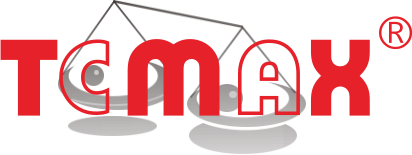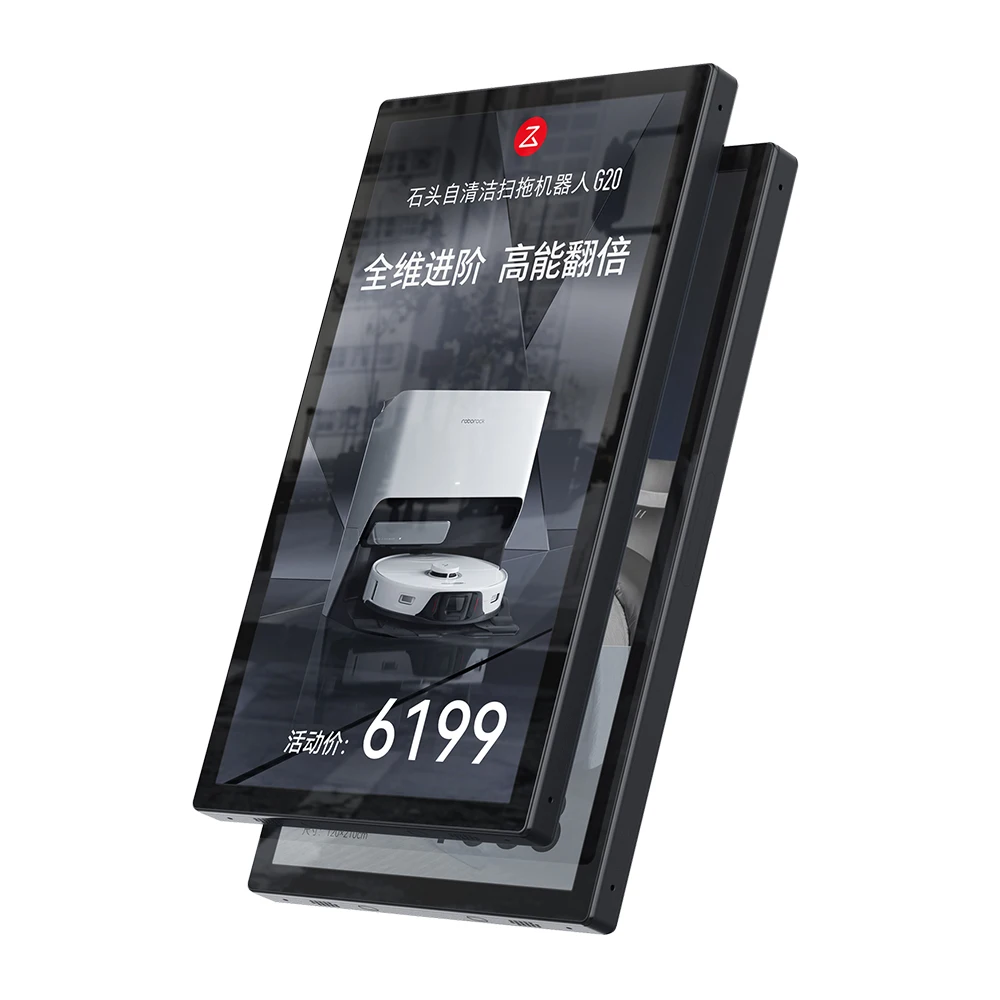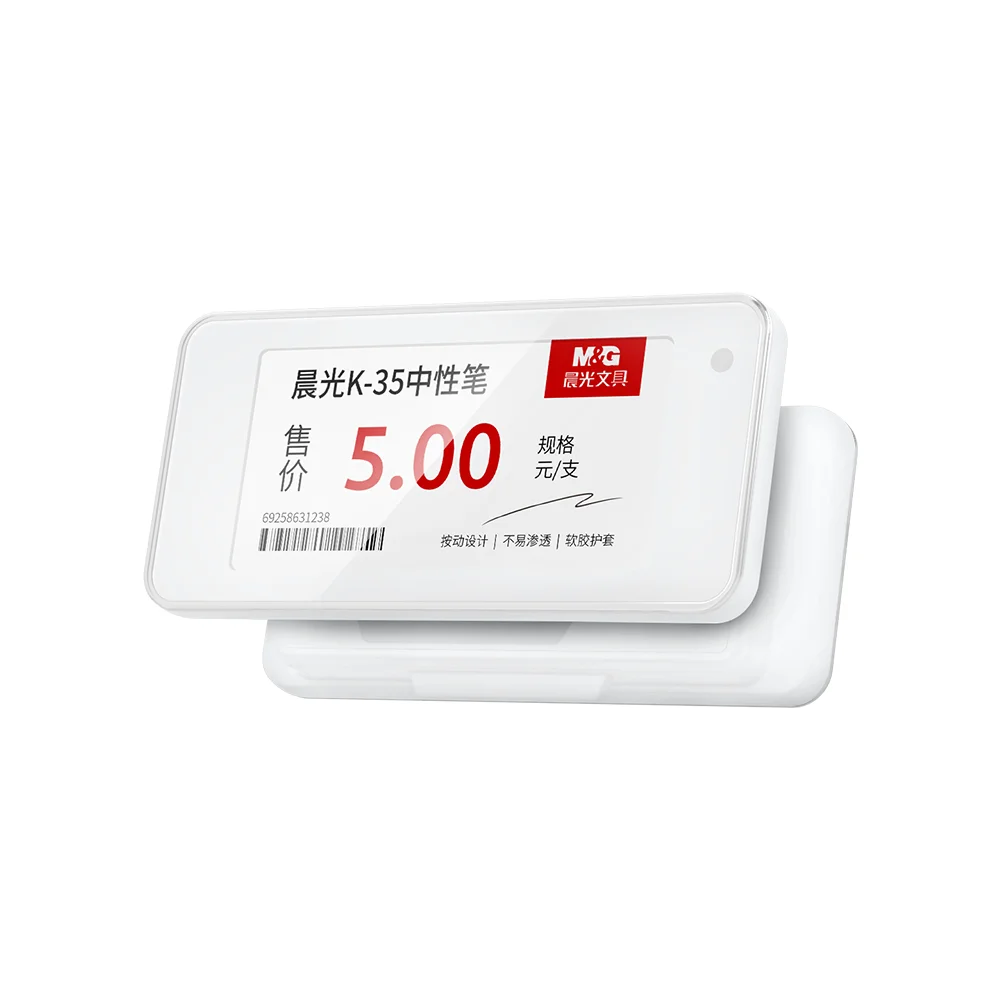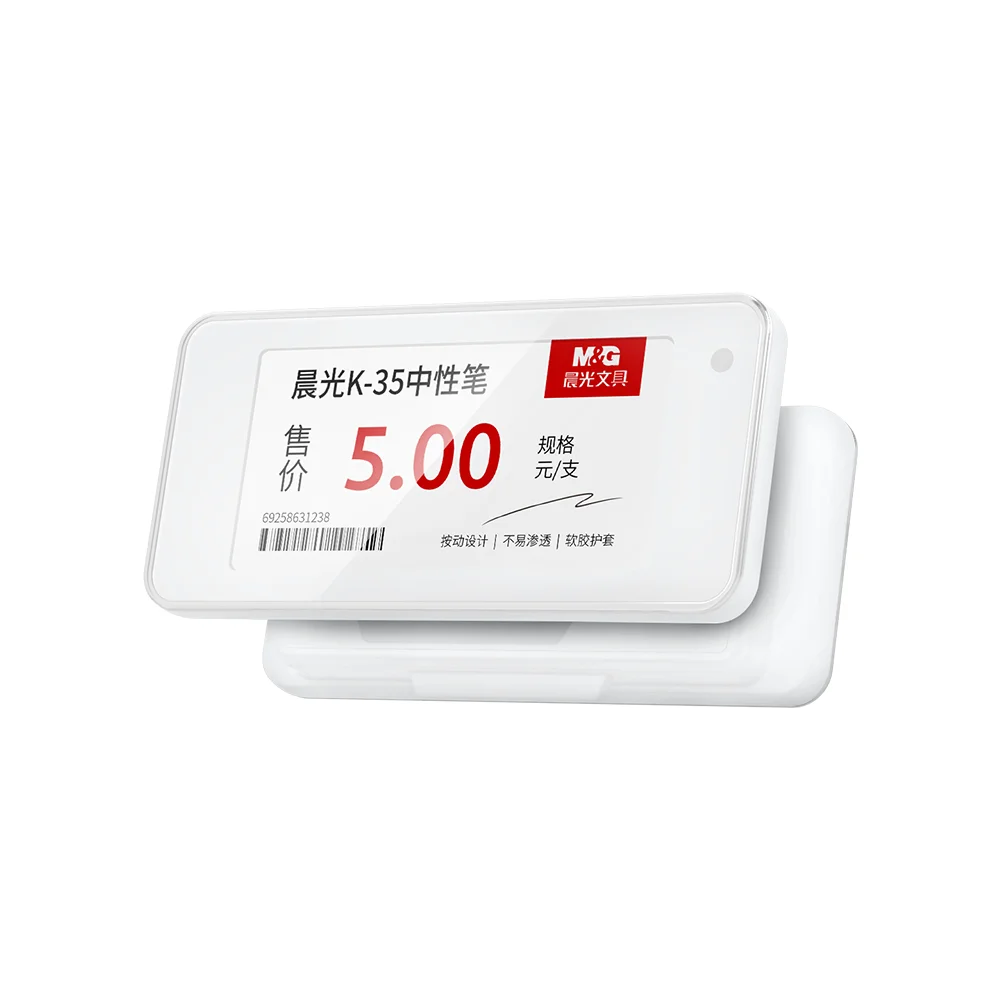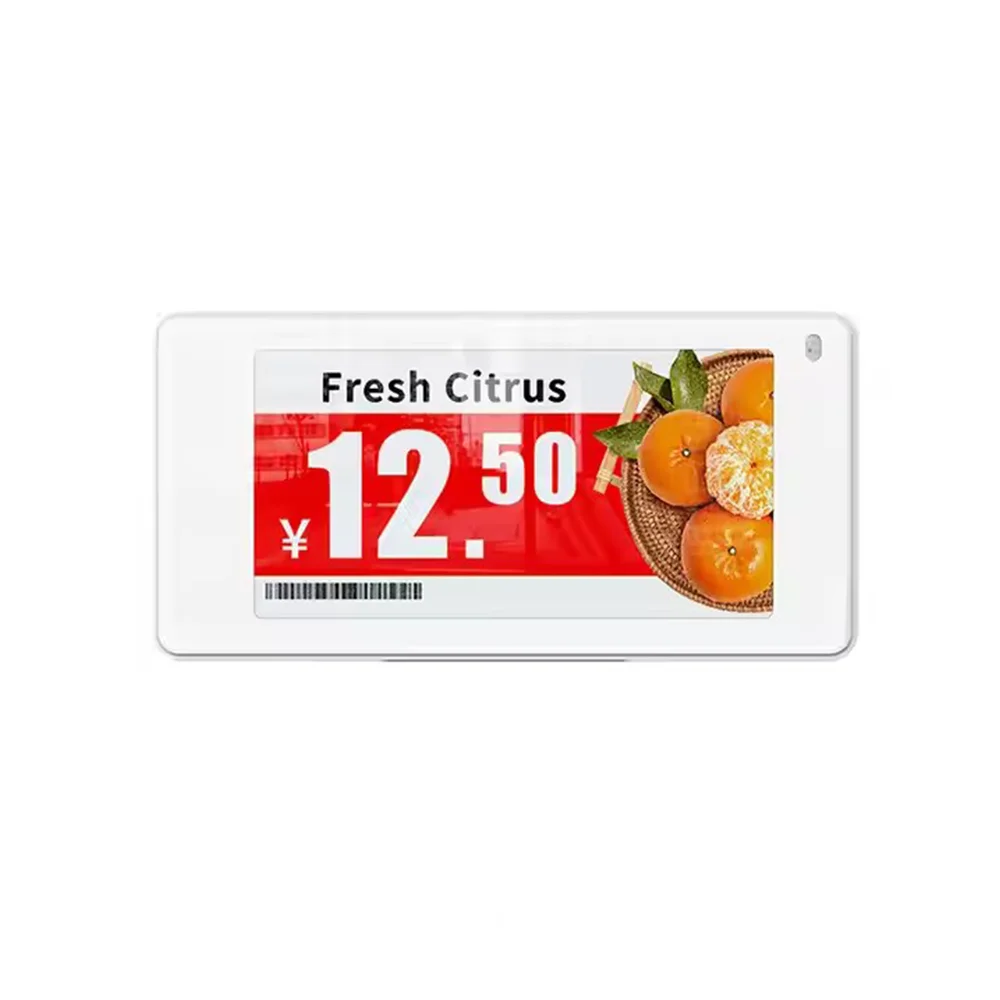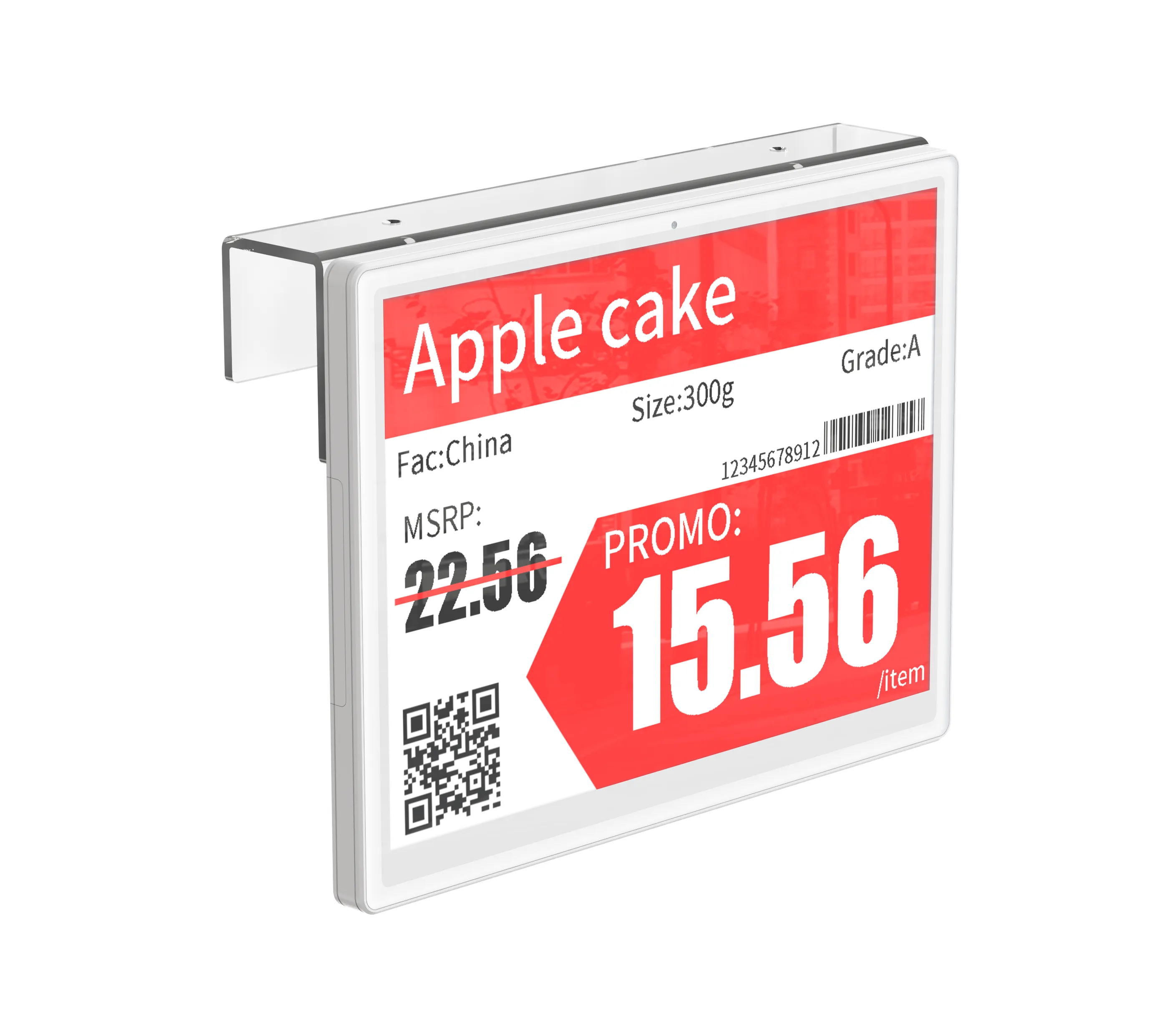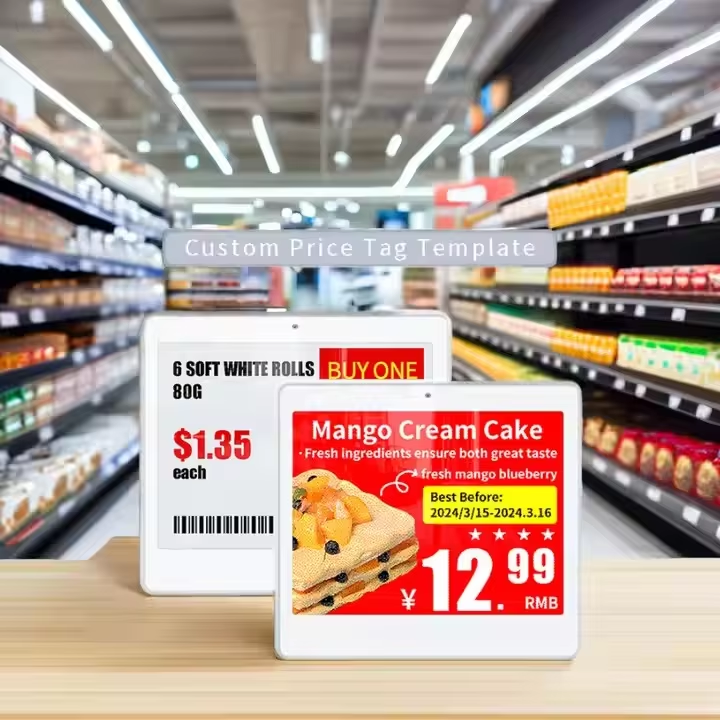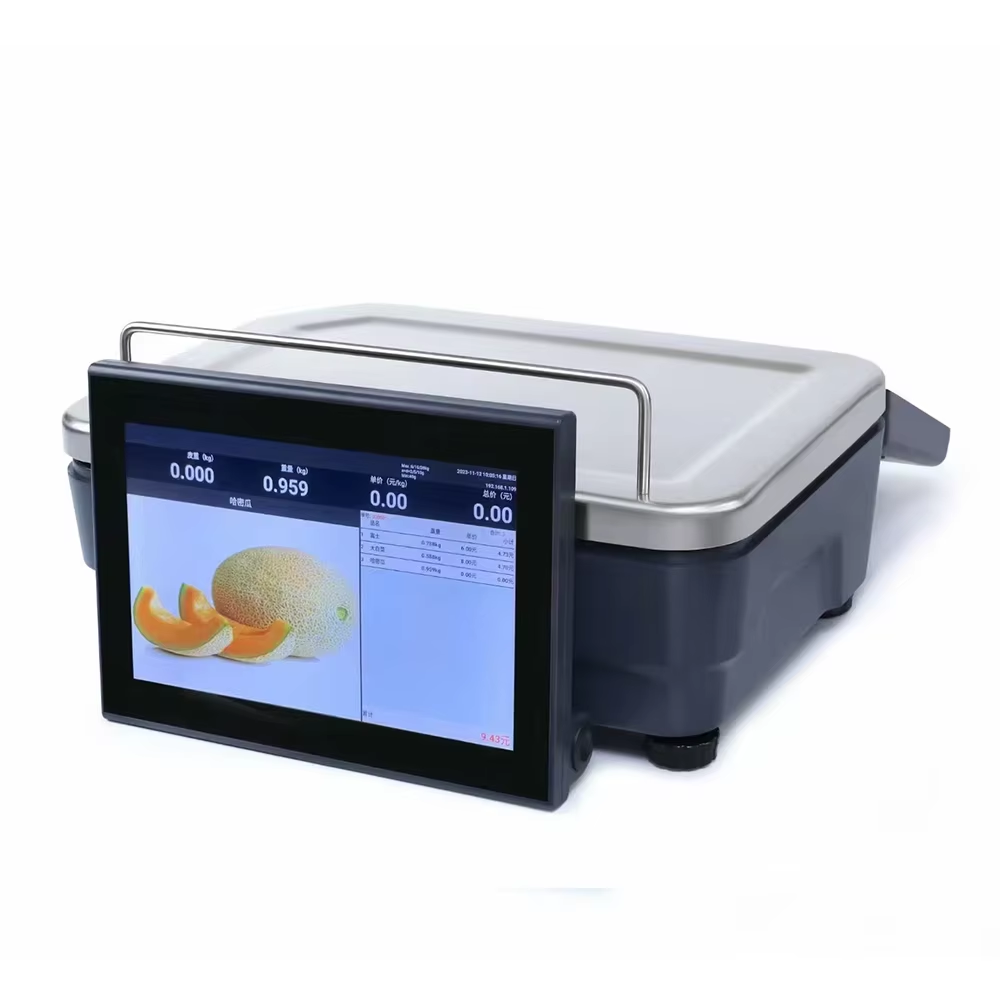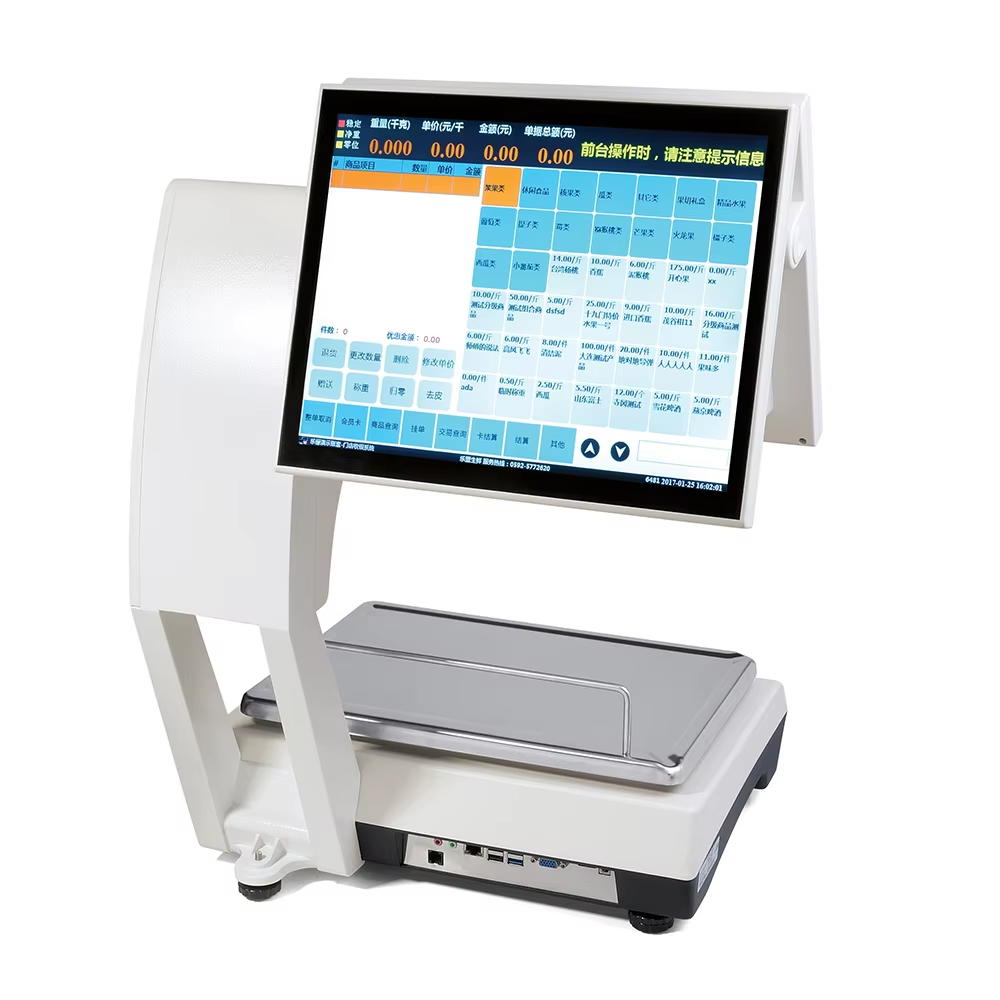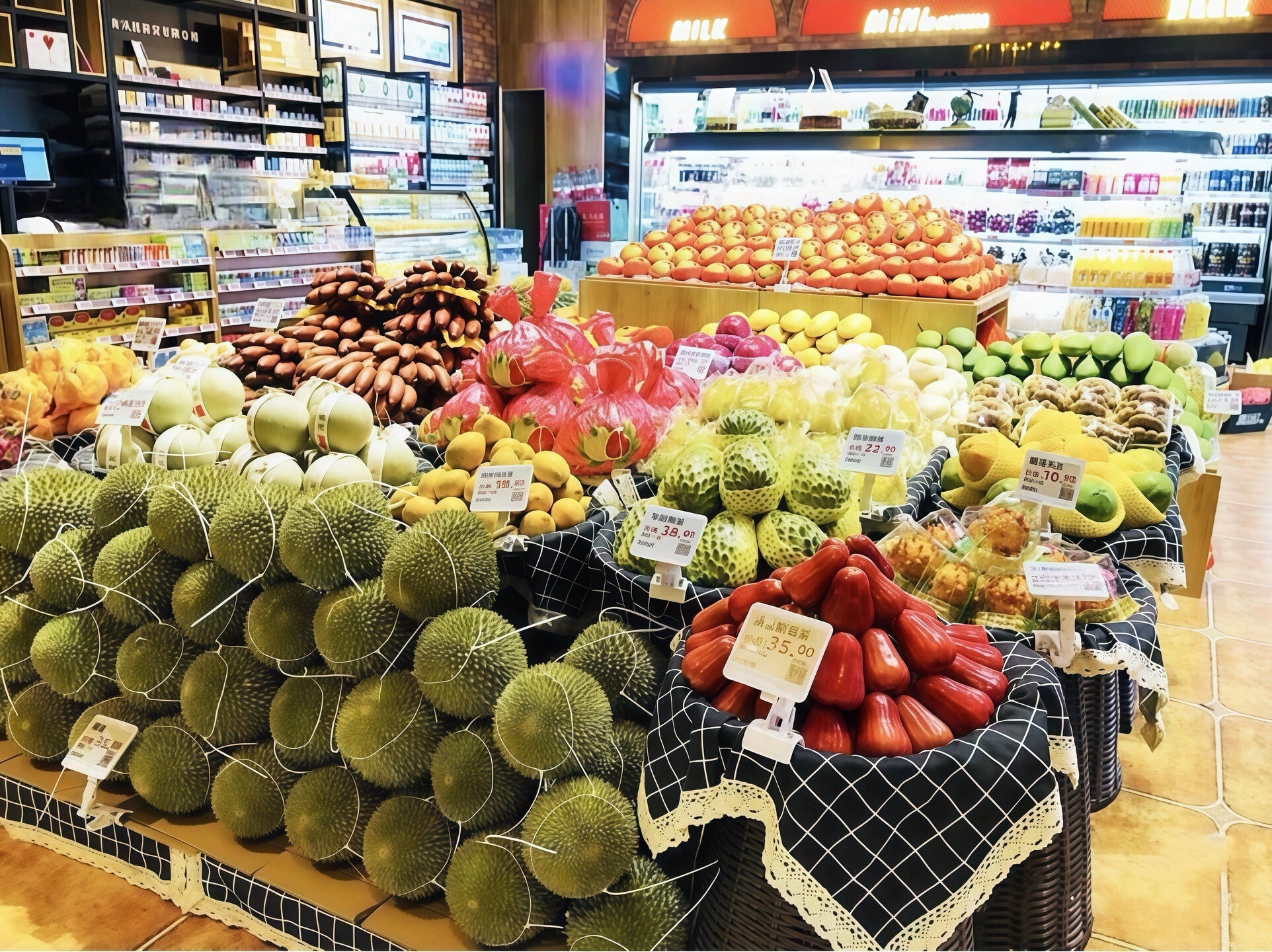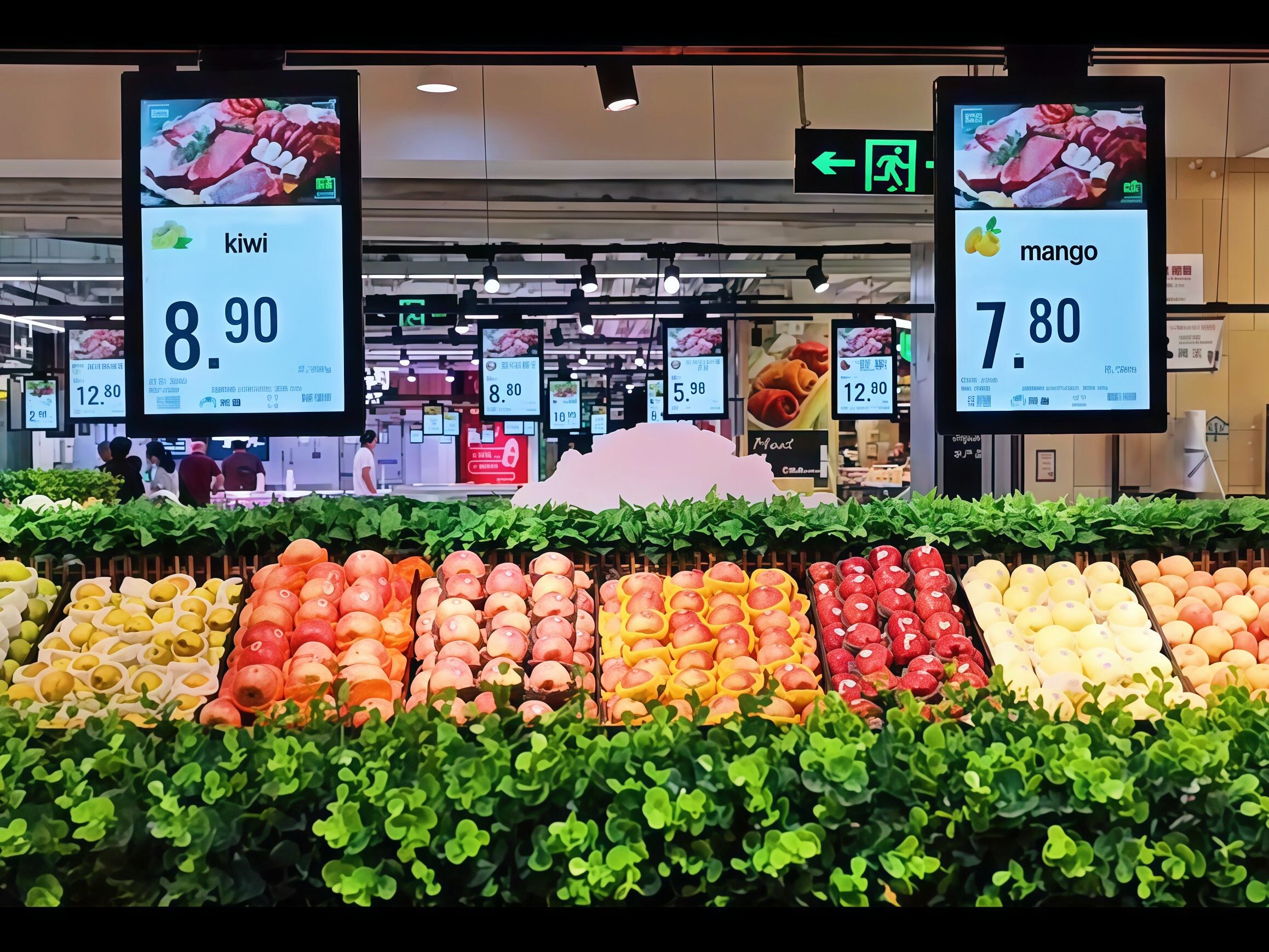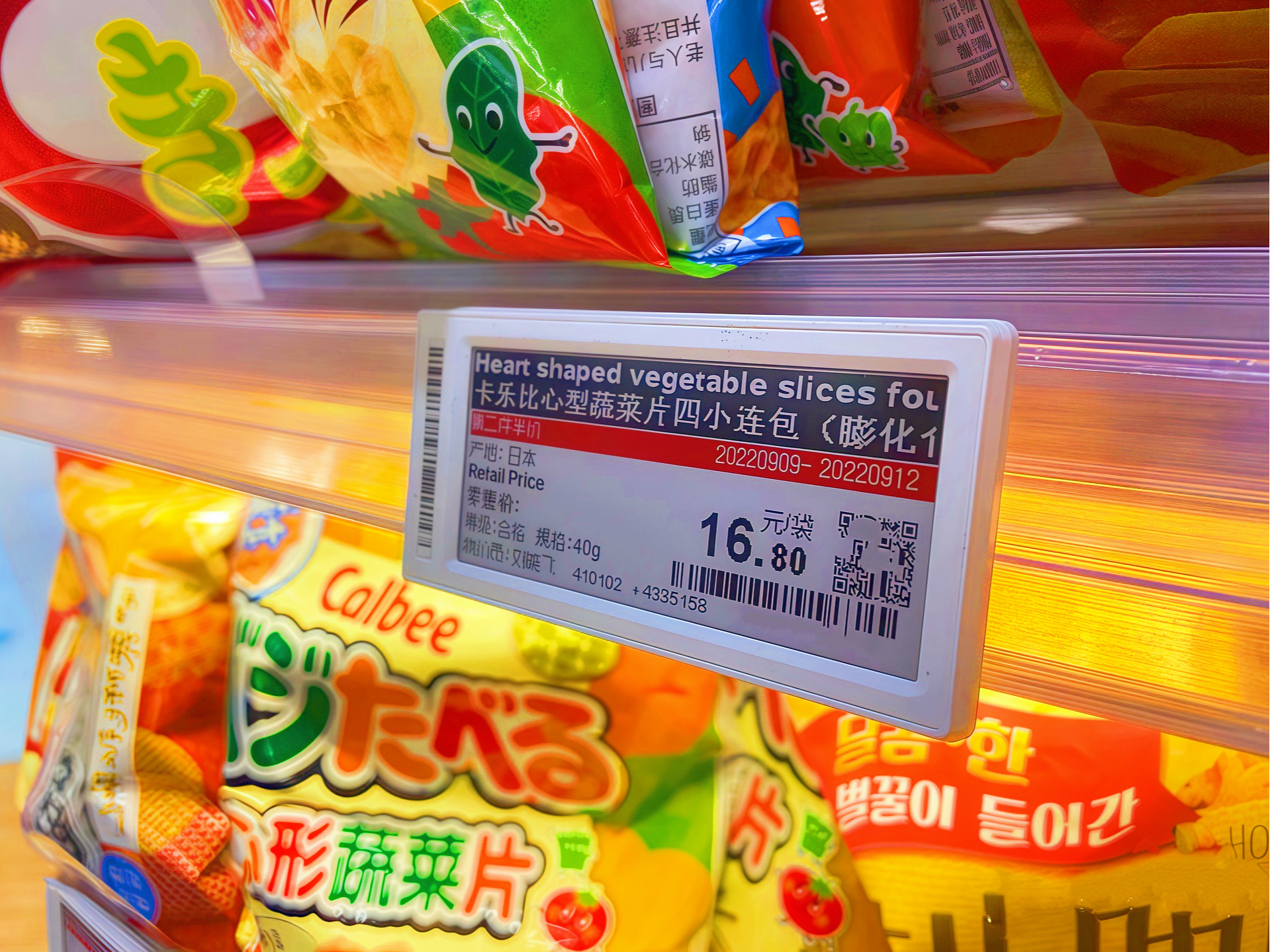e shelf label
Electronic shelf labels (ESL) represent a revolutionary advancement in retail technology, offering a dynamic digital display solution that replaces traditional paper price tags. These innovative devices utilize e-paper technology, similar to e-readers, to present clear, readable product information while consuming minimal power. ESLs are equipped with wireless communication capabilities, enabling real-time price updates and product information changes across an entire retail network. The system consists of individual display units, a central management software, and wireless infrastructure that ensures seamless synchronization. Modern ESLs can display not only prices but also product details, stock levels, promotional information, and QR codes for enhanced customer interaction. The display technology ensures perfect visibility in various lighting conditions and maintains the displayed information even without power. Advanced models feature multiple pages of information that customers can access through touch sensors or buttons, providing comprehensive product details, nutritional information for food items, or compatibility guides for electronic products. The robust construction of ESLs ensures durability in retail environments, with battery life typically extending several years, reducing maintenance requirements and operational costs. This technology integrates seamlessly with existing inventory management systems and point-of-sale solutions, creating a cohesive retail ecosystem that streamlines operations and enhances customer experience.
